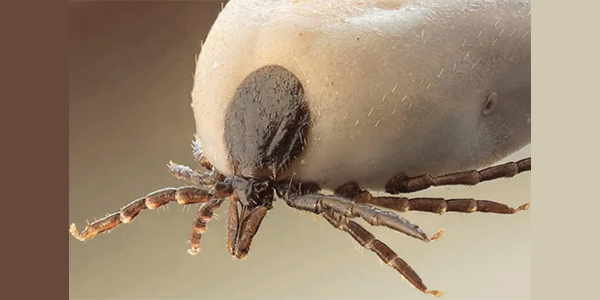||| FROM RUSSEL BARSH for KWIAHT |||
We are coming to the end of this year’s peak tick “questing” season, when female ticks actively seek new hosts for blood meals to power their growth and egg production. Kwiaht has received 115 ticks from islanders countywide since February; a little over half of those ticks were reportedly encountered on Orcas Island, mainly by dogs, but people were bitten, too. Ticks were encountered in every part of Orcas from Deer Harbor to Eagle Lake, in residential developments as well as parks and preserves.
Countywide, six percent of ticks processed bore one of the 16 priority pathogens tested including the pathogens causing Ehrlichiosis, Babesiosis, and Spotted Fever. The presence of these kinds of pathogens has attracted the attention of the state Department of Health, which is helping Kwiaht design targeted follow-up studies.
The great majority of ticks Kwiaht received from islanders this winter were native Black-Legged Ticks (Ixodes pacificus), but a handful of other, exotic species were also present. This suggests that ticks are being introduced “long distance” by travelers and visitors.
Kwiaht researchers believe that dogs have become a major vector for the spread of ticks and tick-borne diseases. An adult female tick can remain attached to a dog for 100 hours before it is fully engorged with blood and ready to drop off and produce its eggs. A traveler with a dog can cross the continent by car in that period of time.
This makes it crucial that travelers and visitors check their dogs for ticks before they arrive. Moran State Park and the National Park on San Juan Island are posting tick-awareness signs, and Kwiaht is planning to check trail sides and camping areas in Moran for ticks this summer.
Kwiaht is raising funds through GiveOrcas this month to continue its tick-testing services for islanders, and its efforts to locate and address tick-pathogen hotspots.








